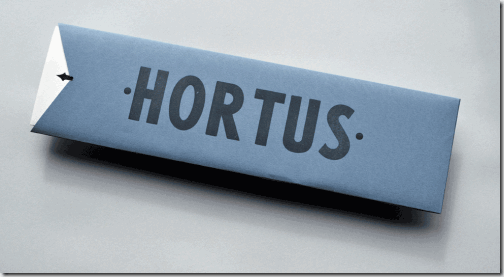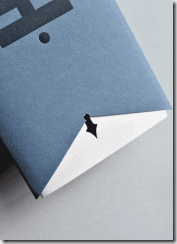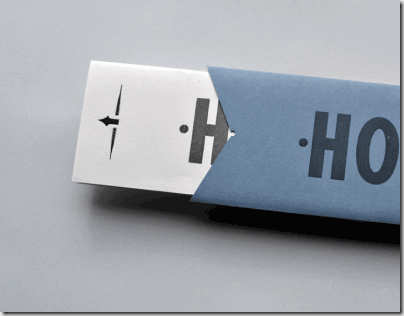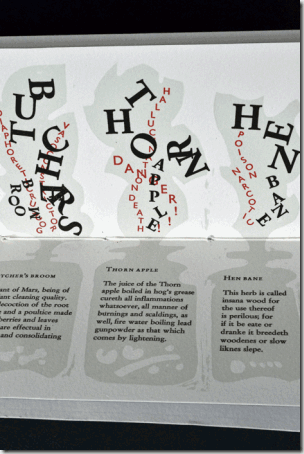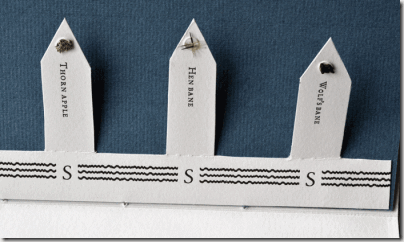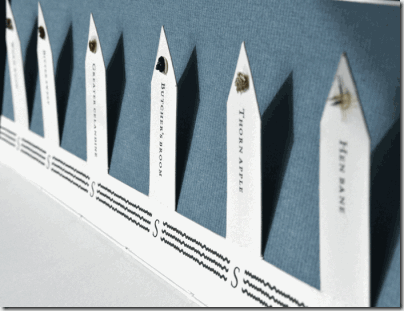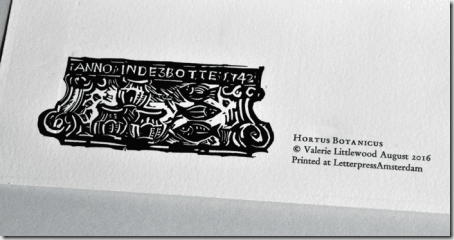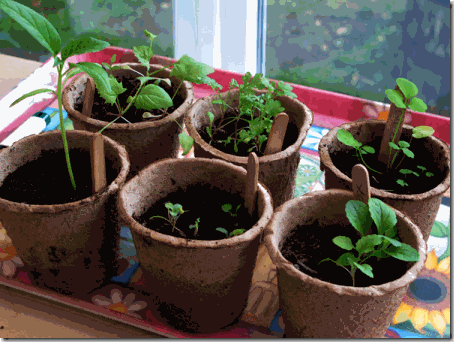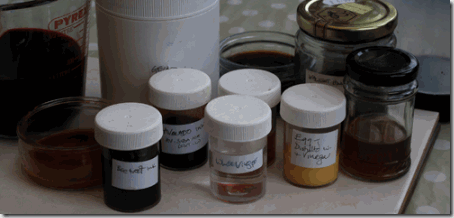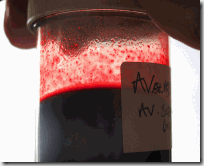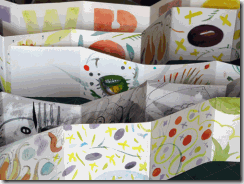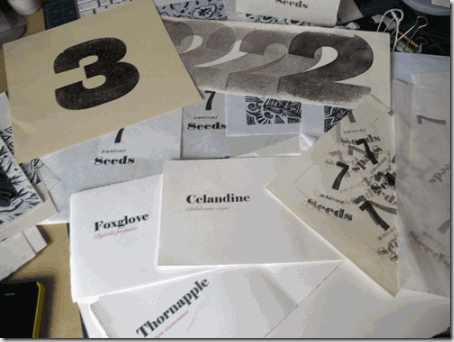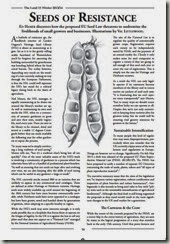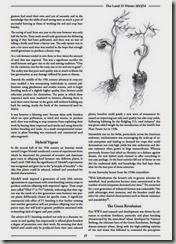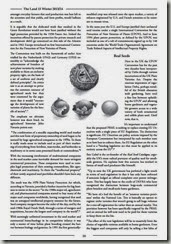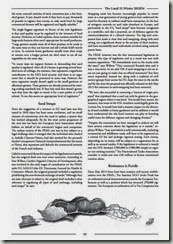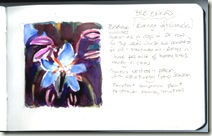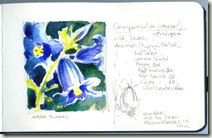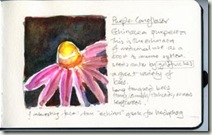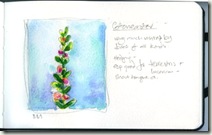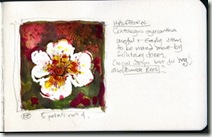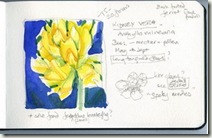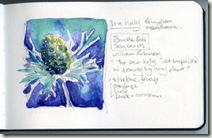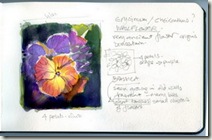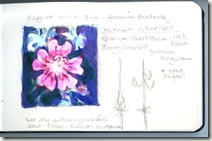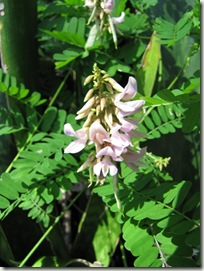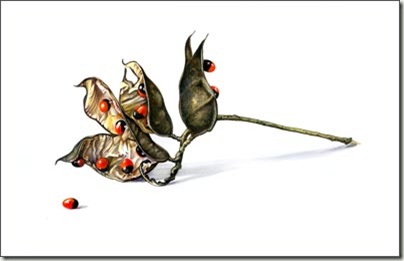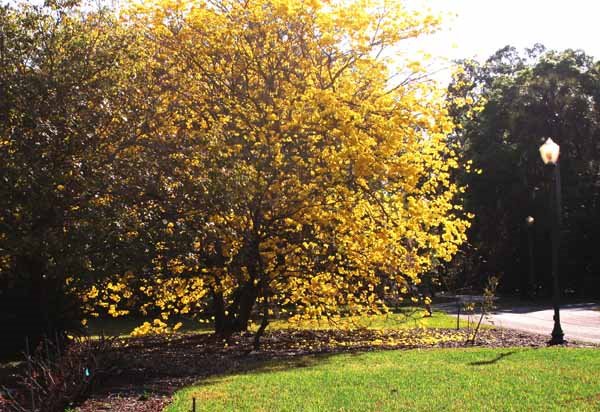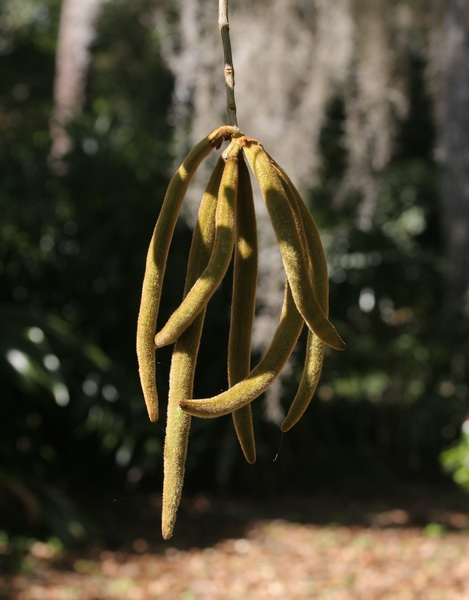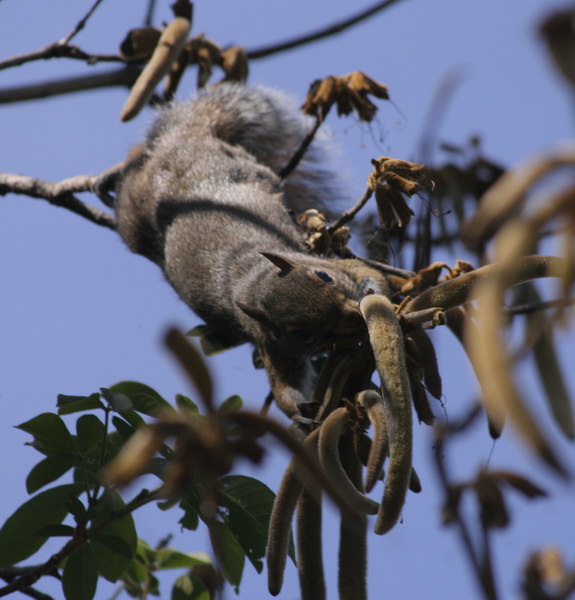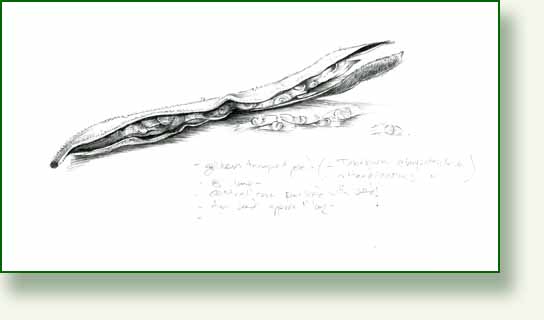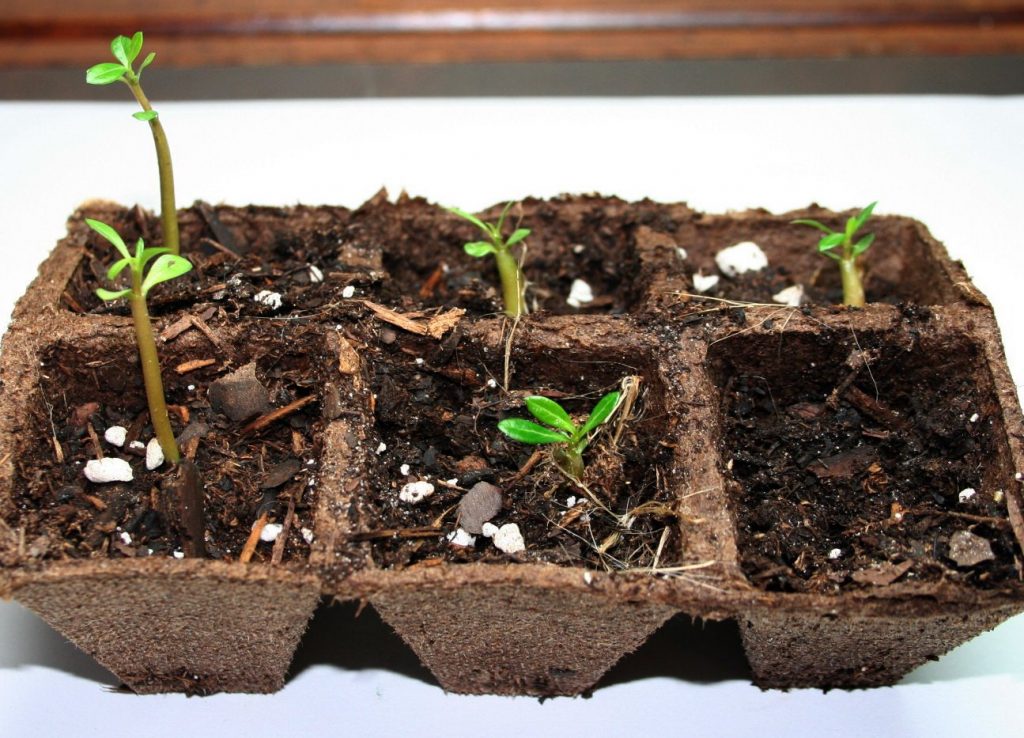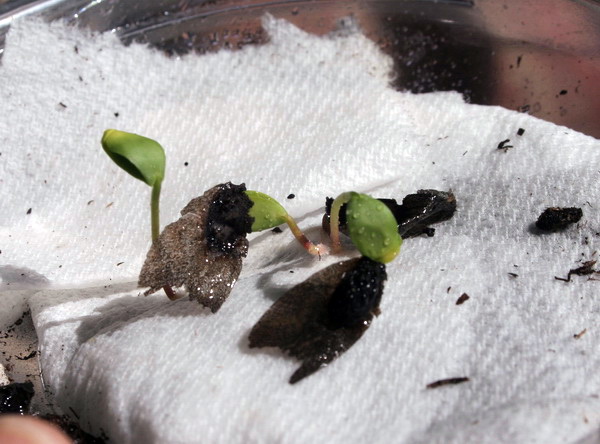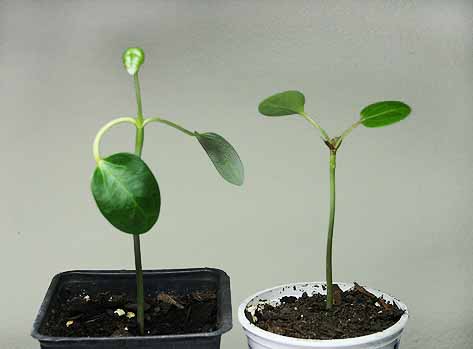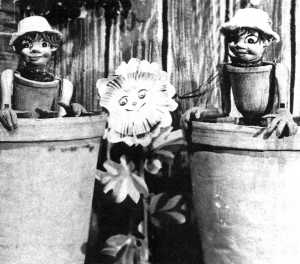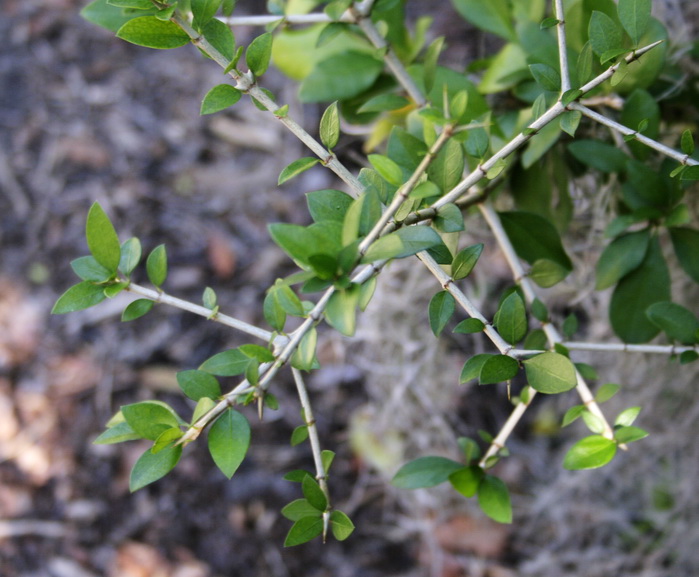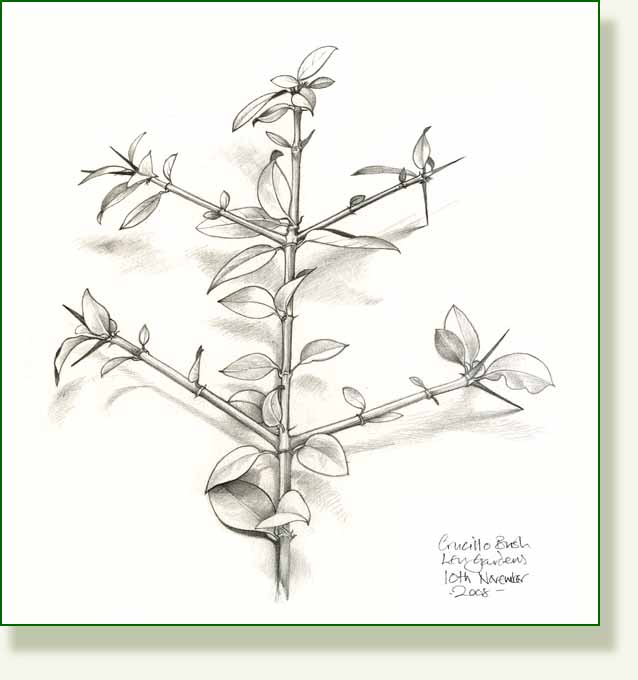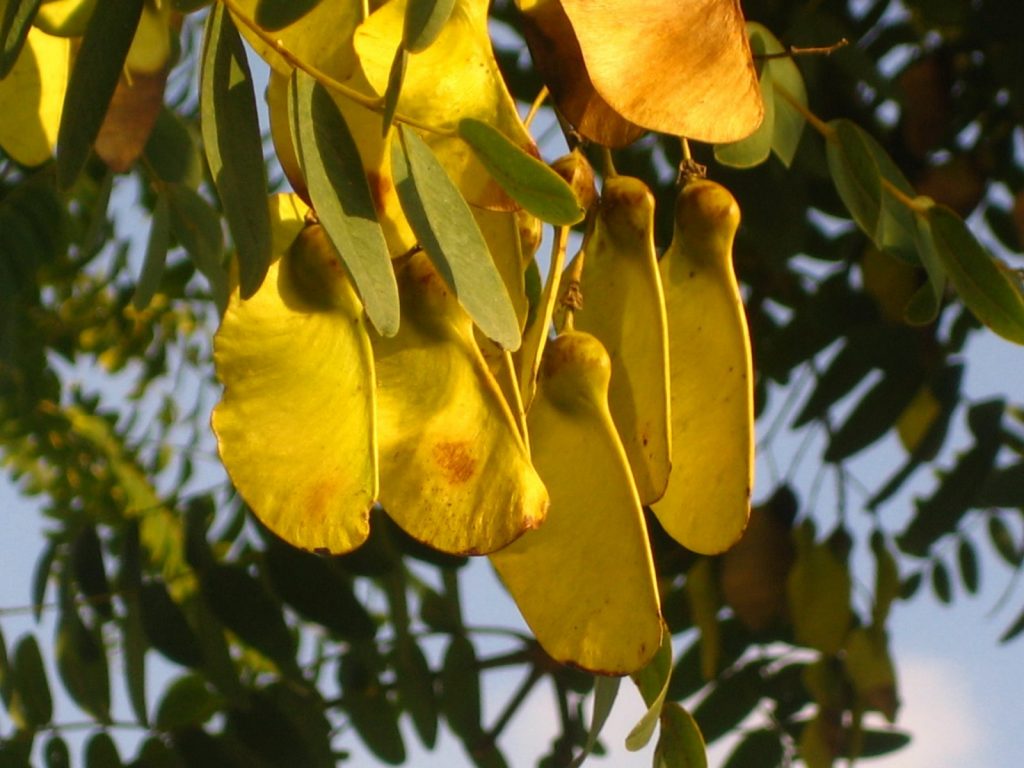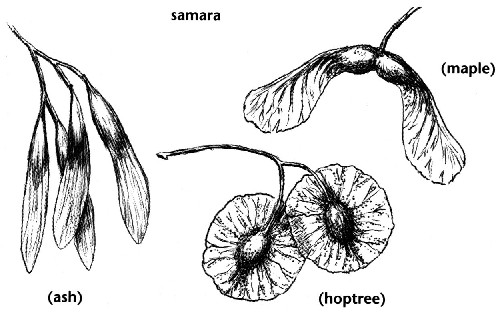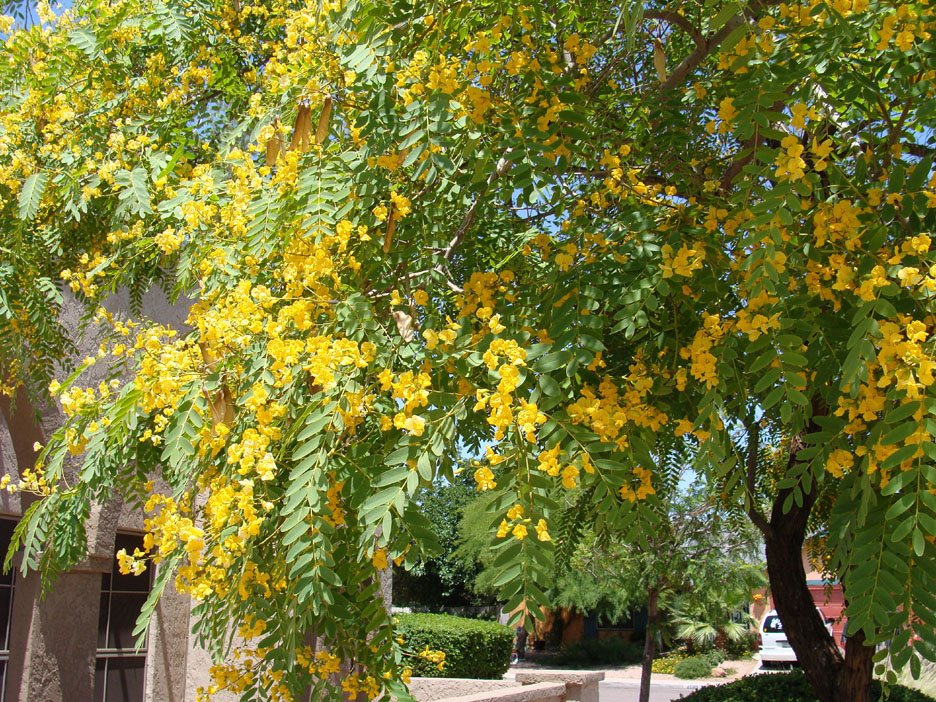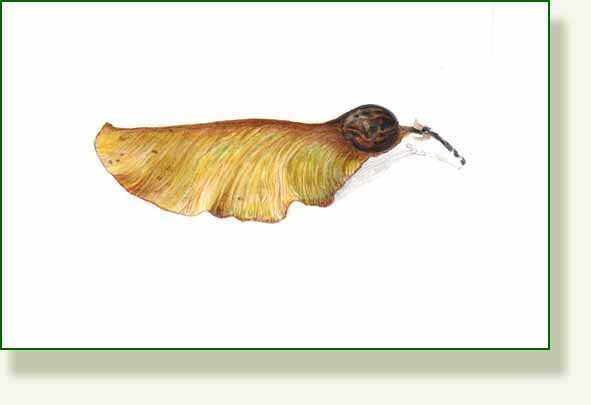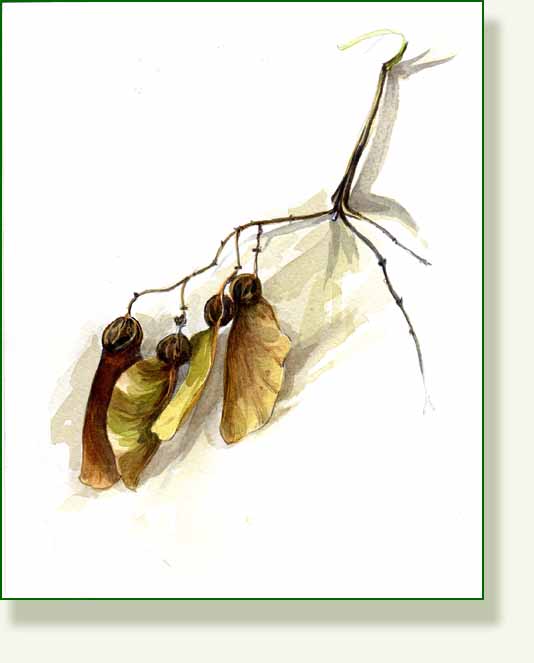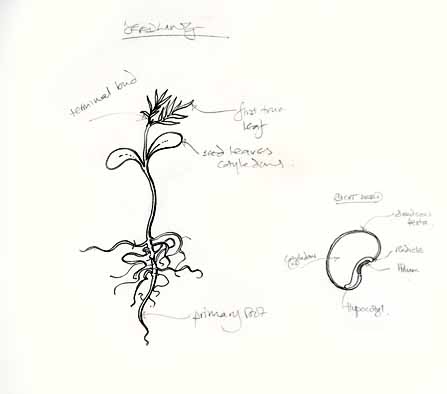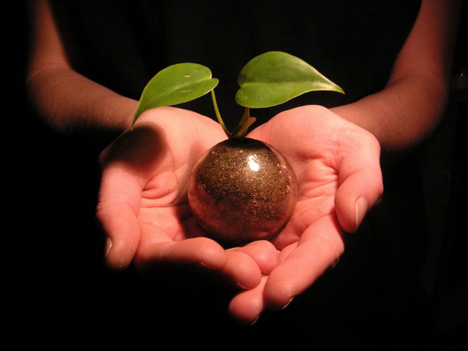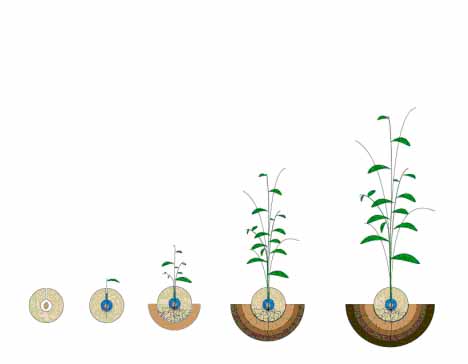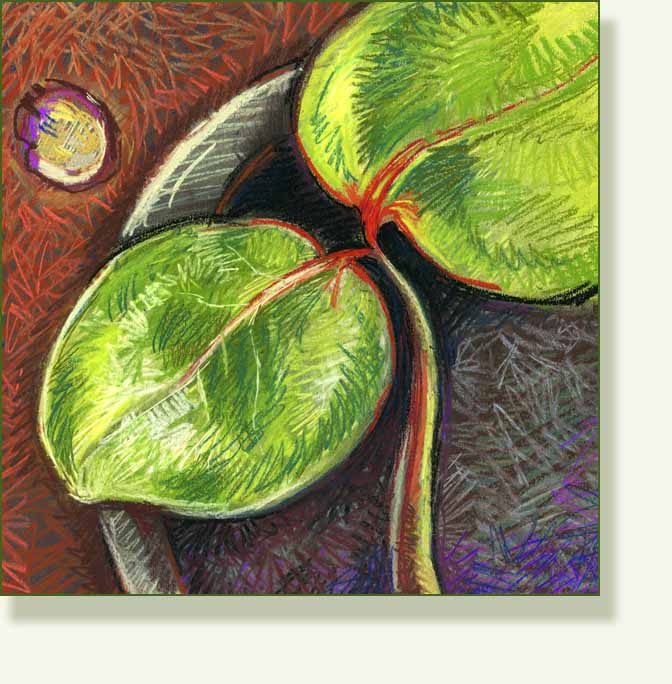Seeds are on my minds right now. Every year I optimistically plant many seeds. Every year I try to improve our heavy clay soil and every year a few heroically struggle through.
This year I am doing it again. It is a classic example of the triumph of optimism over experience. Last year as part of my MA I did manage to coax some life out of some of the medical herb seeds I was working with. Henbane, datura, artemisia, celandine, foxglove, and strawberry sticks germinated, other did not. But I was encouraged enough to continue. One outcome of the work was the Hortus Medicus Seed Book. A small booklet which I printed in a week from start to finish in Amsterdam with the expert and essential help of Thomas Gravemaker at Letterpress Amsterdam.
Just the printing was done with Thomas, the assembling I had to do at home which takes a long, long time and I realised I had not actually posted the finished booklet on the blog before.. so with seeds on my mind and in my hopes, here is the booklet.
HORTUS MEDICUS. A booklet detailing the dubious attributes of Seven Medicinal Herbs.
The work developed out of a visit to the Hortus Botanicus in Amsterdam where I met the then head gardener Hanneke Schreiber. We had discussed the origins of the garden which was originally set up in 1638 as a Hortus Medicus, a teaching garden for apothecaries in Amsterdam and both agreed that the most interesting herbs were those which were both beneficial and deadly. The 17th century was a heady time with old superstition and new science co-existing in both peoples minds and in writing. Irresistible to me. I decided to combine those two aspects in this little booklet which was really designed to be exercise in letterpress printing.
The blue slip cover was printed on both sides with the text “Hortus” and “Medicus” with nice big san serif wooden type.
I printed the small arrow and decoration on my Adana here at home after returning from Amsterdam.
The booklet cover is printed on both sides to echo the slip case.
On opening there is a small panel which contains a quote from the wonderful 16th Century botanist/physician Nicholas Monades.
“For it is a greate thing to know the secreates and marvailes of Herbes. I will make experience of them and I will know their vertues and operation. The Seedes we will sow at their due time to remedy the hurtes and deseases that we all do suffer and endure”
The inside spread shows 7 apothecary bottles, the names of the herbs spiral up in the fumes mixed with the red text which indicates warning and dangers. It was a tricky printing exercise. I hand drew the bottle shapes in an old fashioned way with photo stopout ( which reminded me of working on hand drawn colour separations many years ago) and prepared the fume texts in a very modern way with Illustrator. I worked on this overnight on my laptop in our AirB&B room in Amsterdam learning on the hoof really. Thankfully Thomas prepared a really accurate layout for us to work from on his Mac. That was just a bit beyond me!
The plates for fume text and shapes of the bottles were made with Thomas’ photopolymer machine and I hand set the herb texts for the bottle shapes in 10pt Garamond. It’s very small!
The herb texts were taken from some of the old herbals which I love so much; i.e. The juice of the Thorn apple boiled in hog’s grease cureth all inflammations whatsoever” .. Simple! What’s not to love!
Some are just bizarre and some have the element of truth. The foundations of our modern medicine based on trial and error and endless observations. Having whetted your appetite for planting these mysterious and dangerous plants, turn over again for the seeds themselves, nicely prepared for you on perforated seedsticks which you can just pop straight into the garden.
Yes they are real seeds.. :)… but in the interest of public safety, not THE seeds.
We used some wavy brass line to signify the earth with the S indicating the root.
The final page has a small linocut I made of the gable stone attached to the printshop building which looks out on an adjacent “secret” now unused passage. I just wanted to add something special to the booklet that was very specific to the location and to Amsterdam and as mysterious as the wonderful “herbes”.
It shows three fish and their baskets and is dated 1742.
Next to the gable stone image, the colophon etc. And we printed it in just a week. It was quite something and not possible without Thomas!
Hortus Medicus, by Valerie Littlewood. 4 page Booklet in slipcase. Letterpress printed. Folded size 380mm x 11mm ( 15.5 x 4.25 inches).. and with real seeds… My research into the whole subject of old herbals, superstition and bizarre texts and ideas was extensive and much of it still waiting to be developed into prints and booklets.
Recently I attended a symposium at Warwick University which covered many fascinating aspects of book production in Italy from 1570-1700’s. Chap books, broadsides, illustrated books, natural history books, alchemical recipes, were all discussed.
So many ideas….if only I had more time!


